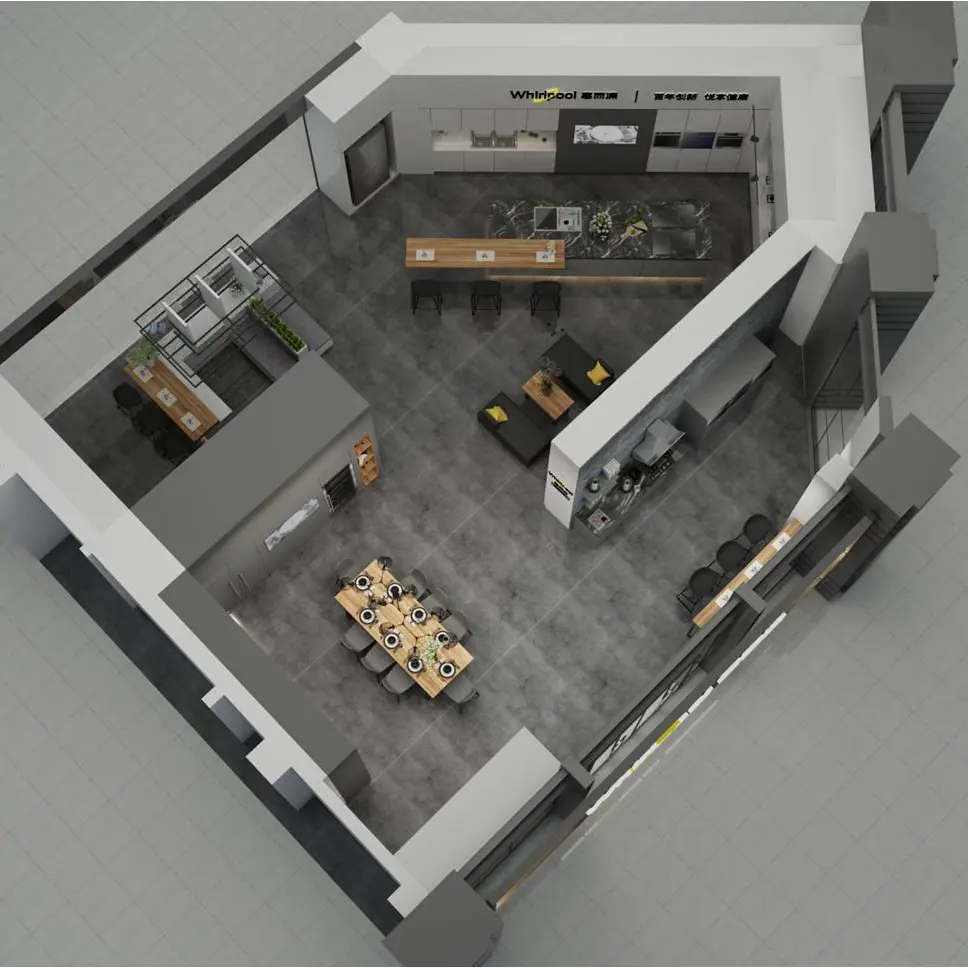កញ្ញា . 29, 2024 02:56 Back to list
Essential Shop Fixtures for an Engaging Retail Experience
Shop Fittings The Art and Science of Store Design
In the retail world, the importance of shop fittings cannot be overstated. Shop fittings encompass all the components used to create a functional and aesthetically pleasing retail environment. From fixtures and shelves to lighting and signage, every element aims to enhance the shopping experience, promote products, and ultimately drive sales. Understanding the principles behind effective shop fittings can lead to better customer engagement and increased profitability.
The Importance of Layout
A successful retail layout serves as the foundation for effective shop fittings. Retailers must carefully consider how space is allocated, ensuring that customers can navigate the store easily while being enticed by product displays. Various layouts can be employed depending on the type of goods being sold. For example, a grid layout works well for grocery stores, where quick access to commonly purchased items is essential. On the other hand, a boutique may benefit from a more free-flowing layout, allowing customers to explore and discover products at their own pace.
Choosing the Right Fixtures
Selecting the right fixtures is a crucial aspect of shop fittings. Fixtures such as racks, shelves, and display cases should not only be functional but also align with the store’s brand identity. For example, a high-end clothing retailer may opt for sleek glass displays to convey a sense of luxury, while a vintage shop might use reclaimed wood fixtures to create a rustic and inviting atmosphere. Additionally, the material and color of fixtures play a significant role in enhancing the overall shopping experience, influencing how customers perceive the products on display.
Maximizing Space with Effective Merchandising
Effective merchandising is both an art and a science. It involves strategically placing products to attract attention and encourage purchases. Retailers can use techniques such as cross-merchandising—placing complementary items together—to increase impulse buys. For instance, displaying a pair of shoes next to matching accessories can inspire customers to purchase more. End caps, which are the displays at the ends of aisles, are prime real estate for promoting special offers or seasonal items.
Lighting Setting the Mood
shop fittings

Lighting is another critical component of shop fittings that can dramatically impact the shopping experience
. Different types of lighting can evoke various emotions and highlight specific products. Ambient lighting creates a warm and inviting atmosphere, while task lighting ensures that customers can see products clearly. Accent lighting can be used to draw attention to featured items, making them more enticing. Proper lighting not only improves visibility but also influences a customer’s mood and decision-making process.Signage Communicating with Customers
Effective signage is essential for guiding customers through the store and providing important information. Clear and aesthetically pleasing signs can enhance the shopping experience by helping customers locate products and understand promotions. Directional signs help customers navigate larger stores, while promotional signage can encourage impulse purchases. Additionally, digital signage is becoming increasingly popular, allowing retailers to change messages quickly and efficiently without the need for physical replacement.
Adapting to Trends and Technologies
As retail evolves, so too must shop fittings. With the rise of e-commerce, brick-and-mortar stores face unique challenges and opportunities. Retailers are increasingly integrating technology into their shop fittings, such as interactive displays and augmented reality features, to create immersive shopping experiences. Understanding consumer trends and adapting shop fittings accordingly is vital for staying competitive in a rapidly changing market.
Sustainability in Shop Fittings
In today’s environmentally conscious world, sustainability is becoming a key consideration in shop fittings. Retailers are increasingly seeking eco-friendly materials and practices for their shop fittings. This can range from using sustainably sourced wood for fixtures to implementing energy-efficient lighting solutions. By prioritizing sustainability, retailers not only reduce their environmental impact but also appeal to a growing demographic of consumers who value ethical practices.
Conclusion
Shop fittings are a vital aspect of retail design that can significantly affect consumer behavior and sales. By understanding the principles of layout, fixture selection, effective merchandising, lighting, signage, and the role of technology and sustainability, retailers can create engaging shopping environments that attract and retain customers. In an increasingly competitive landscape, investing in thoughtful and innovative shop fittings can set a brand apart and drive success in the retail sector.
-
The Benefits of Electronic Shelf Labels for Modern Stores
NewsJul.01,2025
-
Space-Saving Retail Store Furniture Designs for Small Shops
NewsJul.01,2025
-
Slatwall vs. Gridwall: Which Store Fixture is Right for Your Business?
NewsJul.01,2025
-
Shop Fittings: Essential Elements for a Functional Retail Space
NewsJul.01,2025
-
How to Design a Minimalist Cosmetic Shop Display
NewsJul.01,2025
-
Creative Clothes Shop Display Ideas to Attract More Customers
NewsJul.01,2025


















































































































